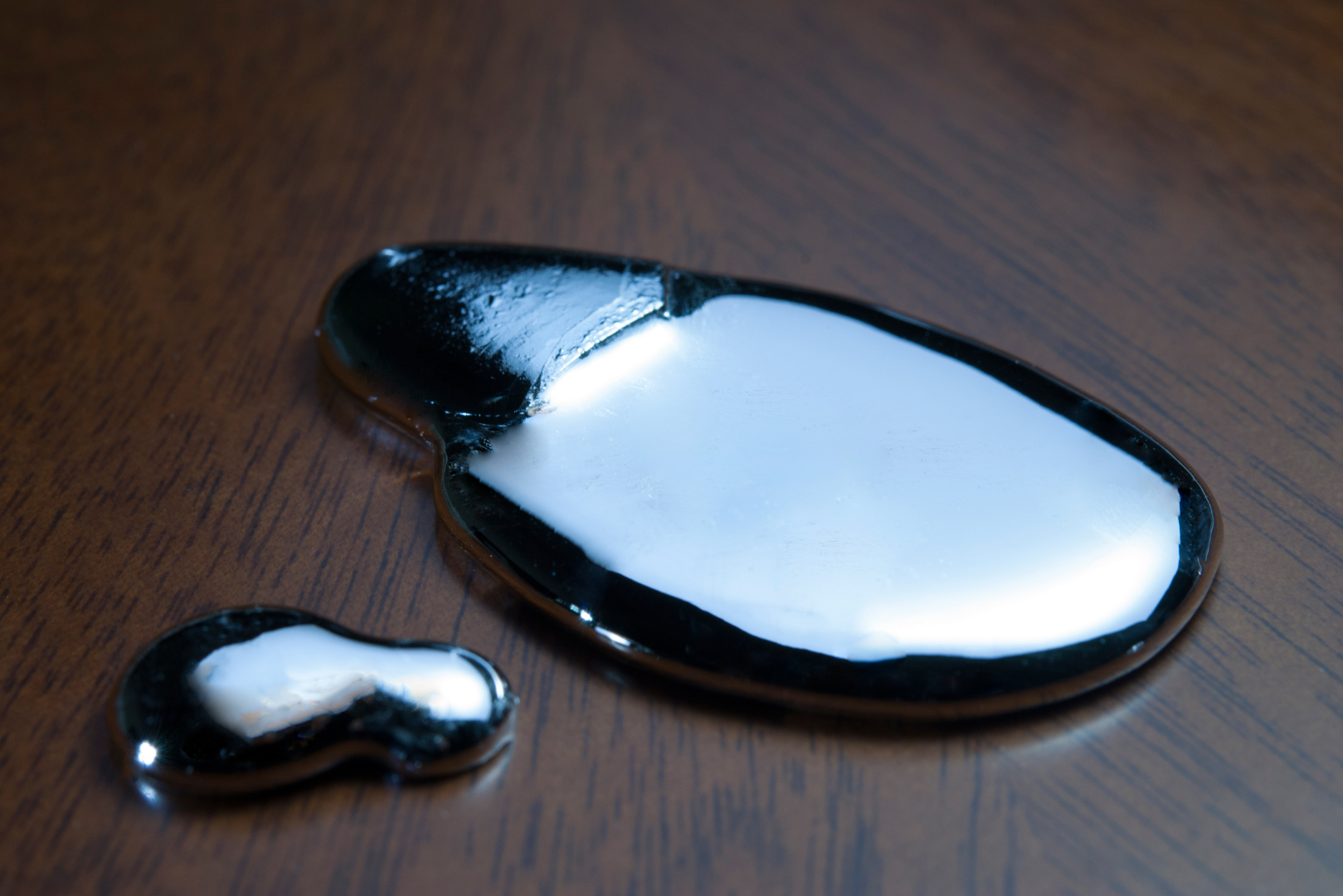When imagining a crystal, people often think of a network of atoms fixed into a specific spot, forming a repeating pattern of atoms called a lattice. These ordered atoms create a regularity in properties for crystals, leading into the common crystalline characteristics that we know today, like face and cleavage.
Scientists have used this tendency of crystals to impart upon them several properties, like color. Truth be told, it’s the difference in atomic components inside crystal lattices themselves that make these crystals different from one another. For diamonds, the atomic units are made of carbon (C) atoms; for rubies, it’s aluminum oxide (Al2O3) with a sprinkle of chromium (Cr; the chromium is what gives rubies their signature red color).
Some scientists over at the University of California, however, decided to address a question that was first asked almost 90 years ago: what if we could make a “crystal” out of electrons?
That question was the brainchild of Hungarian physicist Eugene Wigner back in 1934. In essence, electrons are always zipping about from place to place, as is the case when you look at the surfaces of pure metals. However, once you cool down the said metal, these electrons start to slow; once you slow them enough, the repulsive interactions these electrons have with each other start to dominate (remember, electrons are negatively charged).
Now, assuming that they’re confined to a space just an electron thick and that these electrons are equally repulsive to every other electron, they will tend to arrange themselves in a pattern wherein their repulsive interactions with each other electron surrounding them are equal. This leads them to form a structure reminiscent of honeycombs in bee hives. These electron “crystals” have been coined Wigner crystals after the person who first theorized their existence.
And now, that’s precisely what scientists just found, some 87 years after Wigner first pondered the question. A team of scientists over at the University of California (UC), Berkeley, just captured the first confirmed images of Wigner crystals, made purely of electrons. It took some fine-tuning to get these hard-earned images, though.
The team recognized that this isn’t the first time these Wigner crystals have been made, though; what remains unique to their study is that the images they managed to take are our clearest proof yet of this bizarre material’s existence.
“If you say you have an electron crystal, show me the crystal,” study co-author and UC Berkeley physicist Feng Wang said in an interview with Nature. Wang and team also published their findings in the said journal.
The team managed to “trap” these electrons and keep them a layer thick by essentially forming a sandwich of electrons. They formed two atom-thick sheets of material to serve as the “bread” of the sandwich: one made out of tungsten disulfide (WS2) and the other made out of tungsten diselenide (WSe2). Since the two are semiconductors, electrons can flow along their surfaces if their properties are tuned just right.
In order to keep the electron “filling” between these two sheets from overflowing, Wang and team applied an electric field across the sandwich. Afterwards, they cooled the entire thing to just five (5) degrees above absolute zero (-268.15 °C; -450.67 °F). In doing so, they stopped most of the electron movement, making their repulsive interactions with each other dominant.
To achieve the honeycomb image of the Wigner crystal, Wang and team proceeded to use a scanning tunneling microscope (STM) to take these images. STMs are capable of taking “images” of very small objects—smaller than the wavelengths of visible light—by measuring the current the STM tip measures at each point on the surface of the said item.
They had to place a single layer of graphene above the electron “sandwich’ in order to keep the detector tip of the STM from heating the sandwich and causing the electrons to move again. Once they were able to assemble a “contour map” of the electron sandwich based on the current measurement, they obtained the honeycomb image of the Wigner crystal—just as Wigner himself predicted.
Other scientists laud the graphene layer “trick” Wang and team employed on their study, and hope that this method can be further developed to image other physical phenomena similar to Wigner crystals.
(For more news on crystals, check out our piece on the future of perovskite crystals as nuclear radiation detectors. Similarly, read further on the odd discovery of a “quasicrystal” under a nuclear test site. Finally, if you’re curious about graphene instead, check out our piece on how water behaves oddly when freezed atop it.)
References
- Castelvecchi, D. (2021). This is what a solid made of electrons looks like. Nature, 598(7879), 21–21. https://doi.org/10.1038/d41586-021-02657-6
- Li, H., Li, S., Regan, E. C., Wang, D., Zhao, W., Kahn, S., Yumigeta, K., Blei, M., Taniguchi, T., Watanabe, K., Tongay, S., Zettl, A., Crommie, M. F., & Wang, F. (2021). Imaging two-dimensional generalized Wigner crystals. Nature, 597(7878), 650–654. https://doi.org/10.1038/s41586-021-03874-9
- Turner, B. (2021, October 12). Scientists capture image of bizarre “electron ice” for the first time. Live Science. https://www.livescience.com/electron-ice-snapshot-first-time











